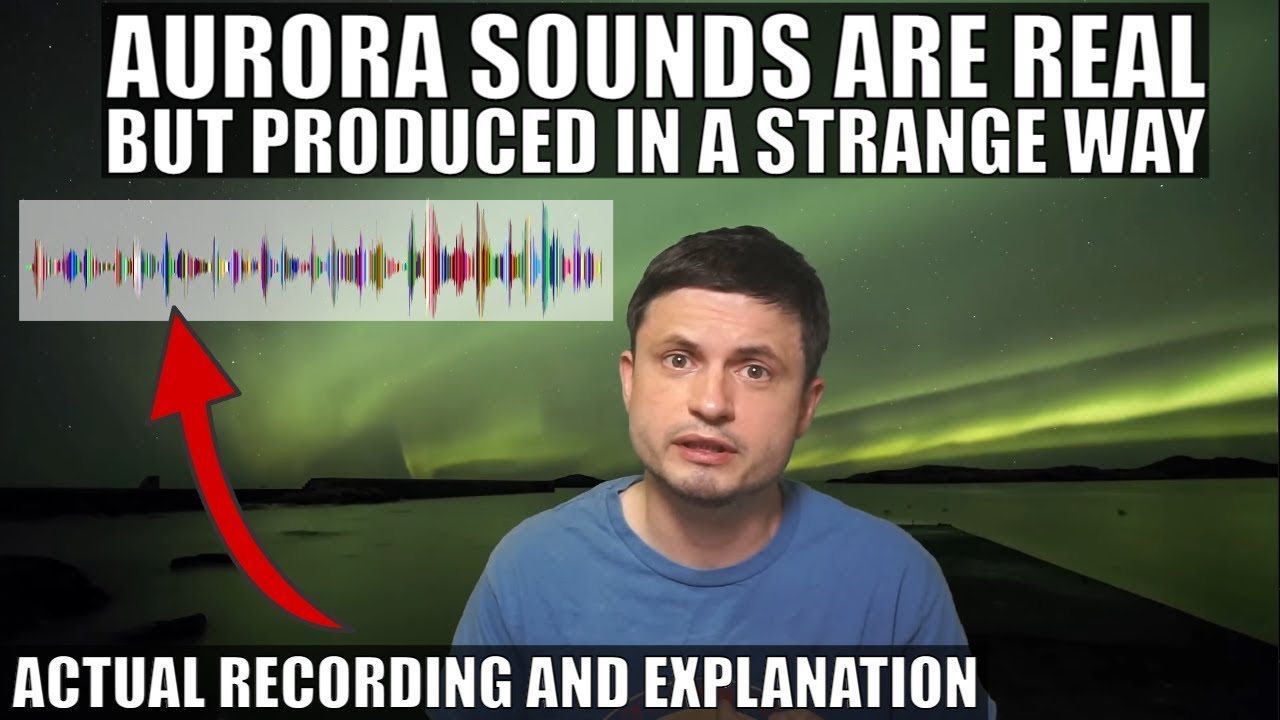For centuries, people have reported hearing sounds, often like a hissing or crackling, during strong aurora displays during geomagnetic storms. But auroras occur in the extremely rarefied upper atmosphere above 80 km, where the density of gas is far too low for sound to propagate, no less be transmitted to the Earth’s surface.
Because “it’s not possible”, many scientists dismissed reports of aurora sounds as folklore or an illusion. “But still, it crackles.”
Since 2000, Prof. Unto K. Laine of Aalto University in Finland has operated the Auroral Acoustics project and, in 2013 was able to capture high quality recordings of sounds during a major geomagnetic storm. Research indicated that the observed sounds were actually produced in a temperature inversion layer boundary just 70 metres above the ground when corona discharges between charges separated at the boundary were triggered by the fluctuating geomagnetic field. The phenomenon only occurred in very cold, still air. If this analysis is correct, the aurora and the sounds share a common cause—strong geomagnetic field disturbances—but the aurora does not produce the sound.
